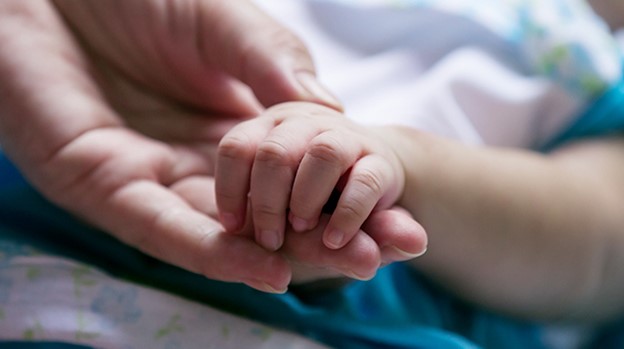According to six-year research, neonatal mortality rates continue to be high despite attempts to lower fatalities among children under five. Additionally, it was discovered that 42 percent of fatalities took place in sub-Saharan Africa, with infections being the main factor in these fatalities.
The Bill & Melinda Gates Foundation funded the study, which was noted as the first national population-level analysis of invasive newborn infections. It examined samples of blood and cerebrospinal fluid culture pathology reports from newborn babies at 256 public hospitals. It was discovered that most illnesses happened 3 days after delivery and that many of them were brought on by multi-drug resistant bacteria. The results imply that these specifically took place in hospitals.
Babies less than 28 days old who were admitted to institutions between January 2014 and December 2019 were the focus of the study. The average age of the infected neonates was seven days old, and over 38,000 instances of infection were identified throughout the six-year research period. Additionally, it was discovered that three particular bacterial pathogens—Klebsiella pneumonia, Acinetobacter baumannii, and Staphylococcus aureus—accounted for 70% of cases, and none of them is vaccine-preventable. While two-thirds of instances were diagnosed at hospitals in the provinces of Gauteng and KwaZulu-Natal, a significant portion of the discovered bacteria was also reported to be resistant to medicines used to treat newborn illnesses.
Along with the finding that almost half of the newborn infection cases were identified at community hospitals, the study also discovered an increase in the national yearly incidence risk throughout the six years of investigation. The rate of late-onset infections, which are more likely to occur in hospitals, was greater than that of countries with abundant resources.
The study fills a significant knowledge gap as a whole. It will also provide a baseline against which subsequent assessments and initiatives in South Africa may be compared. In addition, the Global Antibiotic Research & Development Partnership (GARDP) found in 2019 that 140,000 of the 1.3 million deaths brought on by antimicrobial resistance were infant mortality.
According to Manica Balasegaram, Executive Director of GARDP, “there is an urgent need to discover and secure access to innovative antibiotic therapies to keep pace with escalating incidence of drug-resistant infections among babies with neonatal sepsis.” “We are immensely appreciative to all of our collaborators and donors who have provided us with crucial assistance to enable this observational study.
We have the chance to put kids at the center of the global antibiotic resistance response, guided by these new findings.”
Professor Angela Dramowski from the University of Stellenbosch raised the alarm about the rise of drug-resistant infections in neonatal facilities, according to Health-e.
“There are so many fragile infants that terrible things might happen. Infection management and prevention are crucial to stop illness from spreading further. Ten years ago, treating pathogens was very simple; today, it involves using toxic, costly medications with decreasingly or no chance of success. This is because they may not always be the best medications.
We are left with just these medications. In the past, treating newborn infants with just one antibiotic was acceptable. The most satisfactory results now frequently need three drugs to be administered. The likelihood of problems and adverse events increases when you combine so many antibiotics, according to Dramowski.





Comments are closed.